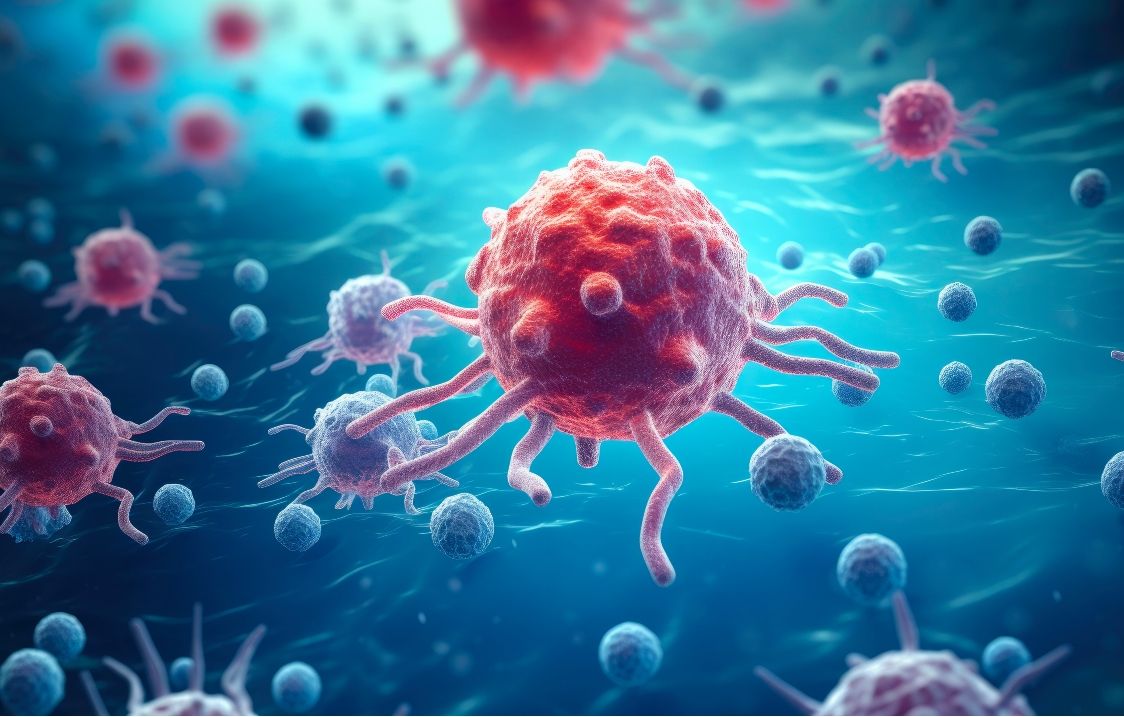Commentary
Video
Dr Elaine Siegfried Describes How AAD Guideline Update Impacts AD Treatment
Author(s):
Elaine Siegfried, MD, of Saint Louis University School of Medicine, discusses how the recent guideline update by the American Academy of Dermatology (AAD) affects dermatologists' atopic dermatitis (AD) treatment decisions.
In this interview, Elaine Siegfried, MD, of Saint Louis University School of Medicine, discusses the recent guideline update by the American Academy of Dermatology (AAD) on using phototherapy and systemic therapies to treat patients with atopic dermatitis (AD); she touches on how this update affects dermatologists' treatment decisions.
Siegfried diagnoses and treats skin-related disorders in infants and children; her specialties include AD, psoriasis, vascular birthmarks, and other eczemas. She is interested in research that investigates AD and pediatric drug development, as she participates in clinical trials for new eczema and psoriasis treatments. Siegfried is also a professor of pediatrics and dermatology in the Department of Pediatrics, Division of Dermatology, Saint Louis University School of Medicine.
Transcript
What impact does the AAD guideline update have on the decision-making process for dermatologists when considering different AD treatments?
I, personally, in my world, first of all, I only see children. At least 50% of my patients have atopic dermatitis. I always used to say it was 50% of my population, 90% of my time, because it's such a difficult condition that really requires customized treatment.
Having guidelines like this, and these are guidelines that are strictly geared toward adults, so it doesn't impact my practice at all for, I think the general dermatology population—and it was published in Journal of the American Academy of Dermatology, so it wasn't really so much geared toward allergists, family practice, or internists who also take care of this population of patients.
I would consider it being sort of a loose overview, but, again, even though this was just published, it is now outdated because there are at least 2 other topical medications that we use, and there's going to be newer biologic agents that are currently in the pipeline, and then emerging information about the JAK [Janus kinase] inhibitors. I think it's a very dynamic field, and because there's so many new things that are under development, guidelines are outdated once they're published.





